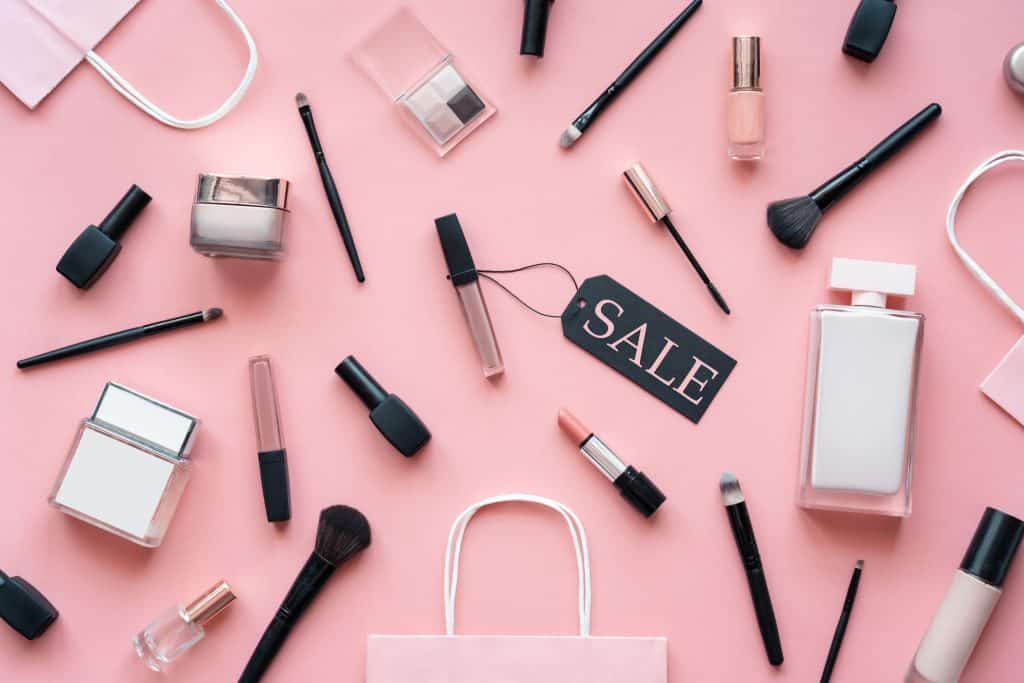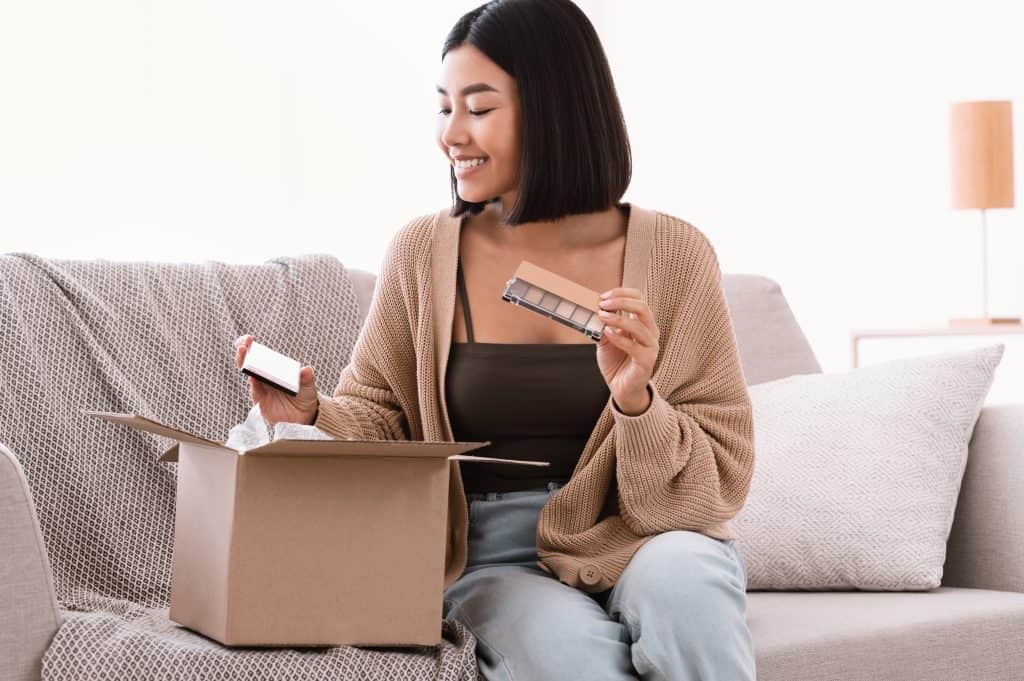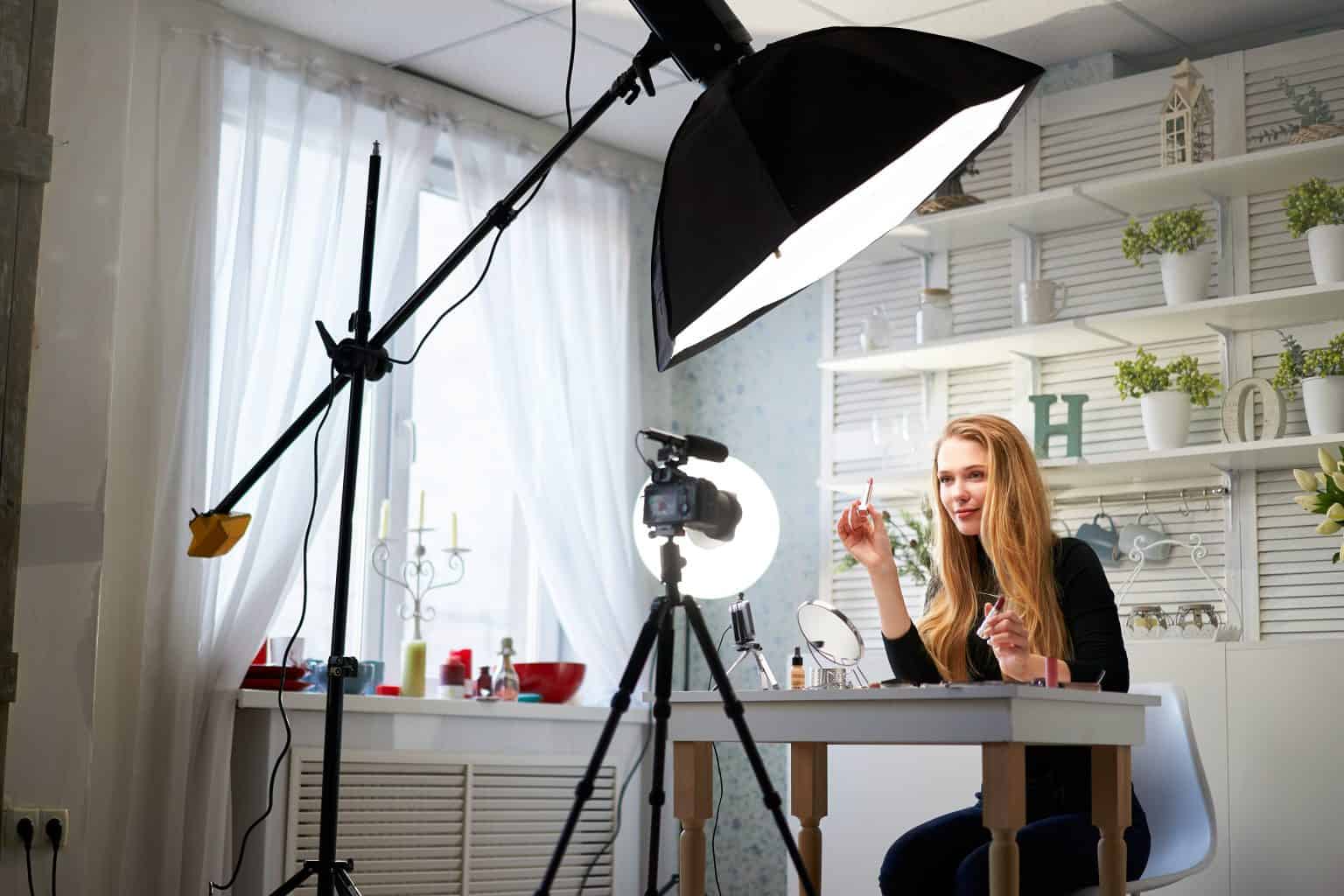Did you know that the global wellness economy is valued at $4.5 trillion with personal care, beauty and anti-aging comprising more than $1 trillion of the entire market, according to the most recent statistics from the Global Wellness Institute?
It’s no wonder so many ecommerce brands are focusing on selling beauty products as a business. It’s literally rich with ideas.
Entrepreneurs in the ecommerce realm understand that millennials are quickly becoming the demographic with the largest disposable income and spending the bulk of it within the health and wellness industry. This niche covers a broad spectrum of ages, countries and demographics.
Compounded by the pandemic, global trends have shown an increased interest in health and wellness and as the industry itself grows, so does the ecommerce industry.
In particular, sales of beauty ecommerce businesses are flourishing. In 2021 alone, the beauty industry was estimated to be more than $510 billion, according to Statista. So, if you’re already an online retailer or looking to start selling to this market, you’re in the money honey!
Even with a significant decline in consumer spending due to shuttered brick and mortar storefronts and income limitations, buyers continue to flock to ecommerce for general overall convenience, giving entrepreneurs the opportunity to make some serious cash within this market sector.
Below are some tips to grow a successful ecommerce business that focuses on the aspects of selling beauty products most likely to increase revenue.
SUSTAINABLE PRODUCTS AND PACKAGING
Offering today’s consumers (mostly millennials and Gen Z) sustainable products delivered in environmentally conscious packaging can be a game-changer for your ecommerce business.
Whether or not you believe in climate change, the statistics speak for themselves as far as beauty industry sales being tied to eco-conscious brands.
For the most part, consumers already putting money into this niche are willing to spend even more for products that come in practical packaging. In fact, the global market for natural and organic beauty products is expected to skyrocket to $54.5 billion in 2027, according to industry estimates.
Offering sustainable products and related packaging to consumers is not only a great way to bring in more revenue, but also an honest way to make a living. You’re improving the environment by intentionally using alternative ingredients that are safe and paraben-free, for example for everyday products like soap and lotion.
From skincare to makeup and everything in between, the beauty industry is brimming with new products that are consumer and health conscious. This is a bandwagon you want to jump on!
PERSONALIZATION
When it comes to ecommerce, data is on your side. From automation to collection and segmentation, the opportunities to improve the way you personalize products to consumers is seemingly endless and abundant in its effect.
Most commonly, personalization comes in the form of an email campaign that addresses the person by their first name or following a newsletter or subscription signup. An example of taking this a step further could be to send them a follow up email around the time you know they’ll be on their computer, targeting them with a specific recommendation based on purchase history.
Using the tools and digitalization resources to hone your target audience will help you convert more site visitors into loyal customers and create a connection between your brand and their style that develops a more personalized shopping experience.
Specifically, these automated messages are responsible for a decent chunk of purchases, with the most popular being the ones wishing consumers a happy birthday attached to some type of discount. We’ve all received them and admit it, you’re more likely to click on them!
This technique is called “hyper-personalization,” where real-time consumer behavioral data is gathered to tailor products, services and experiences according to their wants and needs. It works because it makes customers feel appreciated and understood, which in turn often influences them to buy your products.
VIRTUAL MAKEUP TUTORIALS
Like a shirt, pair of pants or shoes, most consumers prefer to try on their makeup first.
The reasoning is simple: to see if it’s the right fit. Some colors can be lighter or darker than what’s presented on a palette, too matte or overly glossy.
Consumers want to know what they’re getting into, so don’t make them guess. Instead offer a virtual makeup tutorial that makes them more confident in purchasing your product while simultaneously boosting engagement.
Also known as augmented reality, the feature makes it easier for businesses to personalize and individualize the consumers experience by allowing them to virtually try on products with help from Artificial Intelligence via an overlay on a live video or photograph.
Offering this “beauty technology” to customers can transform sales for your business at a cost that’s only a few hundred dollars a month-creating potential for enormous ROI.
INFLUENCER MARKETING
Another way to significantly increase sales for your beauty ecommerce business is using influencer marketing to build credibility and expand your audience reach. With so many people online shopping, influencer marketing continues to remain popular on a variety of social platforms such as Instagram, Pinterest, TikTok and YouTube.
Influencer marketing is essentially an endorsement from someone with a solid reputation in that area, in this case the beauty industry. With the right person promoting your brand it can become the major deciding factor in whether they make that final purchase.
Make sure if you are using an influencer to promote your brand that the person fits well with your business’ overall image and core values.
PARTNERING WITH BRANDS
Ah, the beauty of ecommerce partnerships. If you can find the right person or company to partner with it becomes a harmonious and symbiotic relationship that allows you both to prosper, bringing in more sales and brand awareness.
Typically, the partnerships that work best are the ones that build bridges across their own industries with others outside the scope of their own. When done correctly, the connection closes the gap between audiences and tah-dah! You’ve significantly expanded your reach.
Within the beauty sector this can be done in a variety of ways. However, the crossover should make some general sense. For example, it’s typical for a beauty brand to work with fashion or jewelry designers. In other cases, a relationship can prove successful with interior designers or perhaps an athleisure brand.
Depending also on your brand you can consider partnering with less traditional options such as nonprofit organizations, schools or local businesses. Again, consider what best suits your brand’s image and what it stands for. Afterall, beauty truly does start within.


